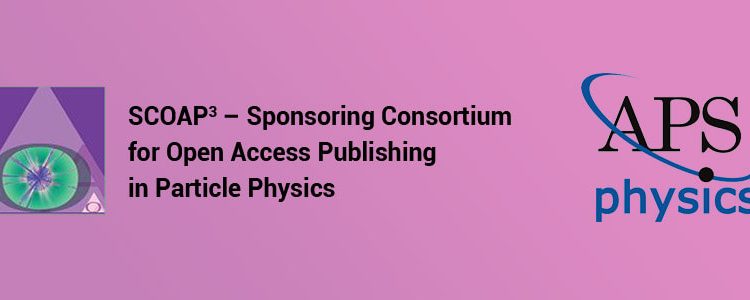APS Journals and CERN Expand Open Access Initiative

The American Physical Society (APS) and the European Organization for Nuclear Research (CERN) have signed an agreement that will see high energy physics articles in Physical Review Letters, Physical Review D, and Physical Review C being part of an open access publishing arrangement. All of these are APS journals. Authors who have articles on the preprint server arXiv that are classified as works in the field of high energy physics will not have to pay to publish their work in any of these three journals as of January 1, 2018.
CERN is the driving force behind SCOAP3, which is the Sponsoring Consortium for Open Access Publishing in Particle Physics. This open access initiative expands the efforts of both APS and CERN to serve the global physics community. SCOAP3 was established to enable free and unrestricted exchange of scientific information within the global community. It is currently a consortium of 3,000 libraries and research institutes from 44 countries. Since it was formed in 2014, SCOAP3 has made more than 15,000 high energy physics articles freely accessible. This represents the work of about 20,000 researchers from 100 countries across the globe. This open access initiative with APS, therefore, reflects the values enshrined in CERN’s Convention for more than 60 years.
Under this open access initiative, journal subscription fees paid by SCOAP3 organizations to publish in SCOAP3 journals will be pooled. The pooled fees will be used to pay publishers for making the articles covered by this agreement open access. A participating publishers discount will also apply to the article publishing fees for these high energy physics articles. Under this new agreement, as much as 87% of the high energy physics literature will be covered and this clearly demonstrates the commitment of APS and CERN to the principles of open access. As APS CEO Kate Kirby said, APS has been a supporter of the principles of open access for a very long time. APS is a non-profit society publisher and the largest international journal publisher for high energy physics papers. This initiative is, therefore, one more way that APS has chosen to support this community.
The fact that these APS journals will now be part of SCOAP3 is a boost to the field of high energy physics. This expansion of open access publishing should be beneficial to the global community as the majority of these articles will now be freely accessible. This open access initiative will, therefore, continue to advance both CERN’s and APS’ intent to make research data freely available.









